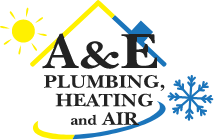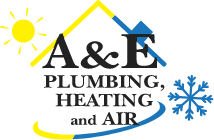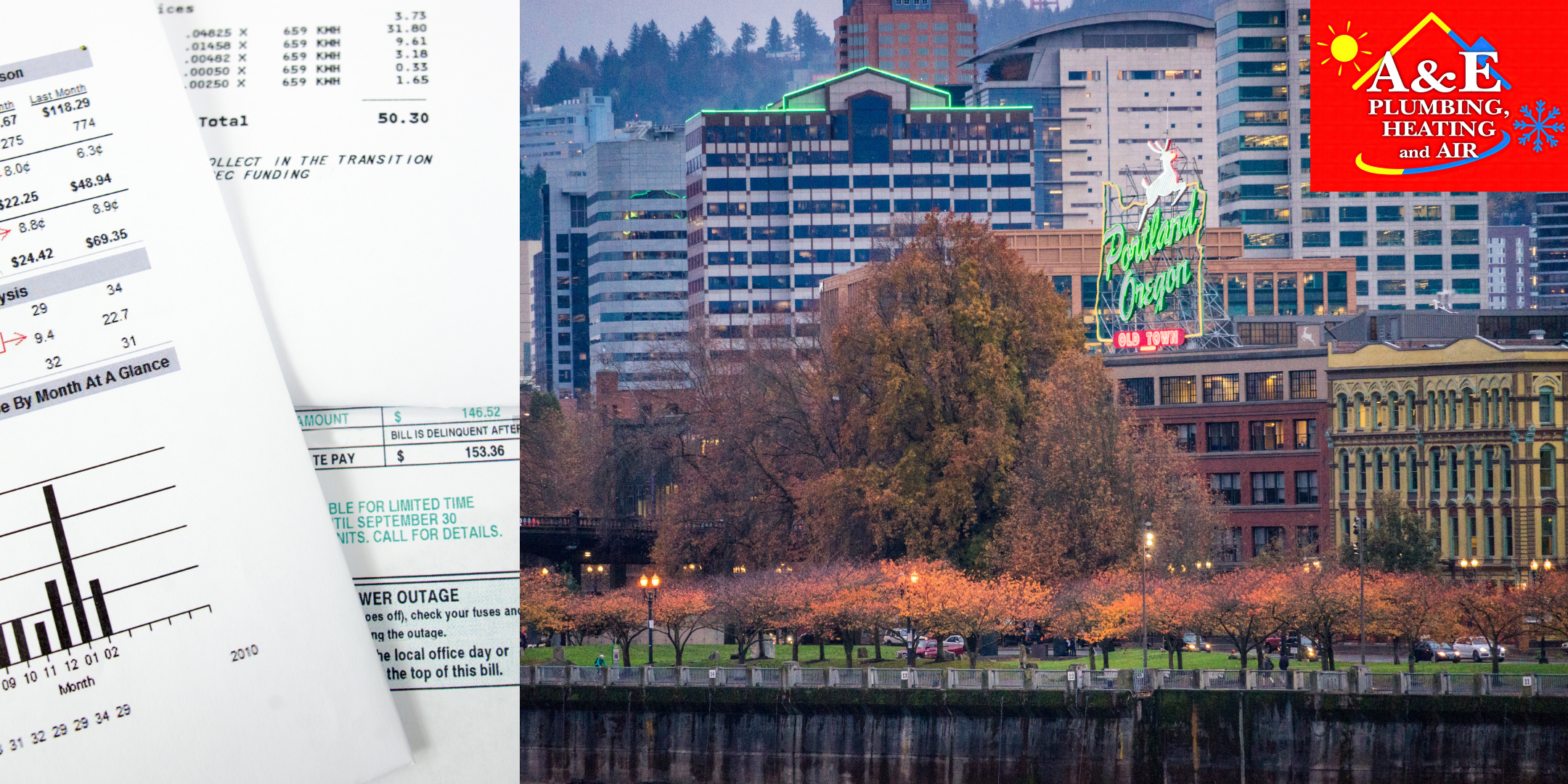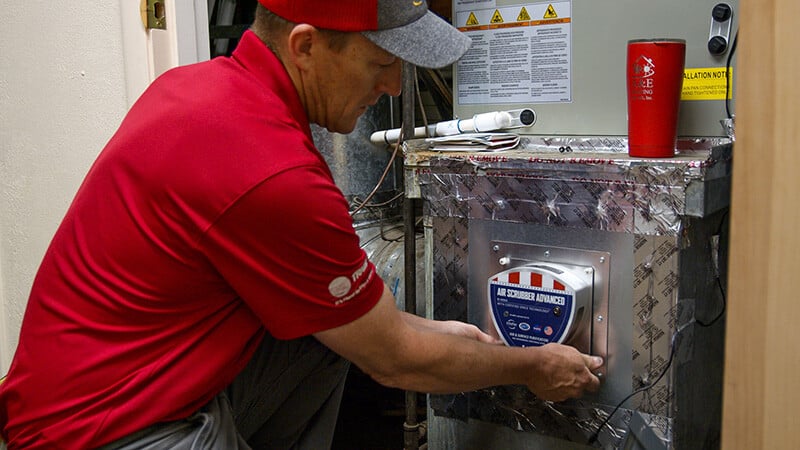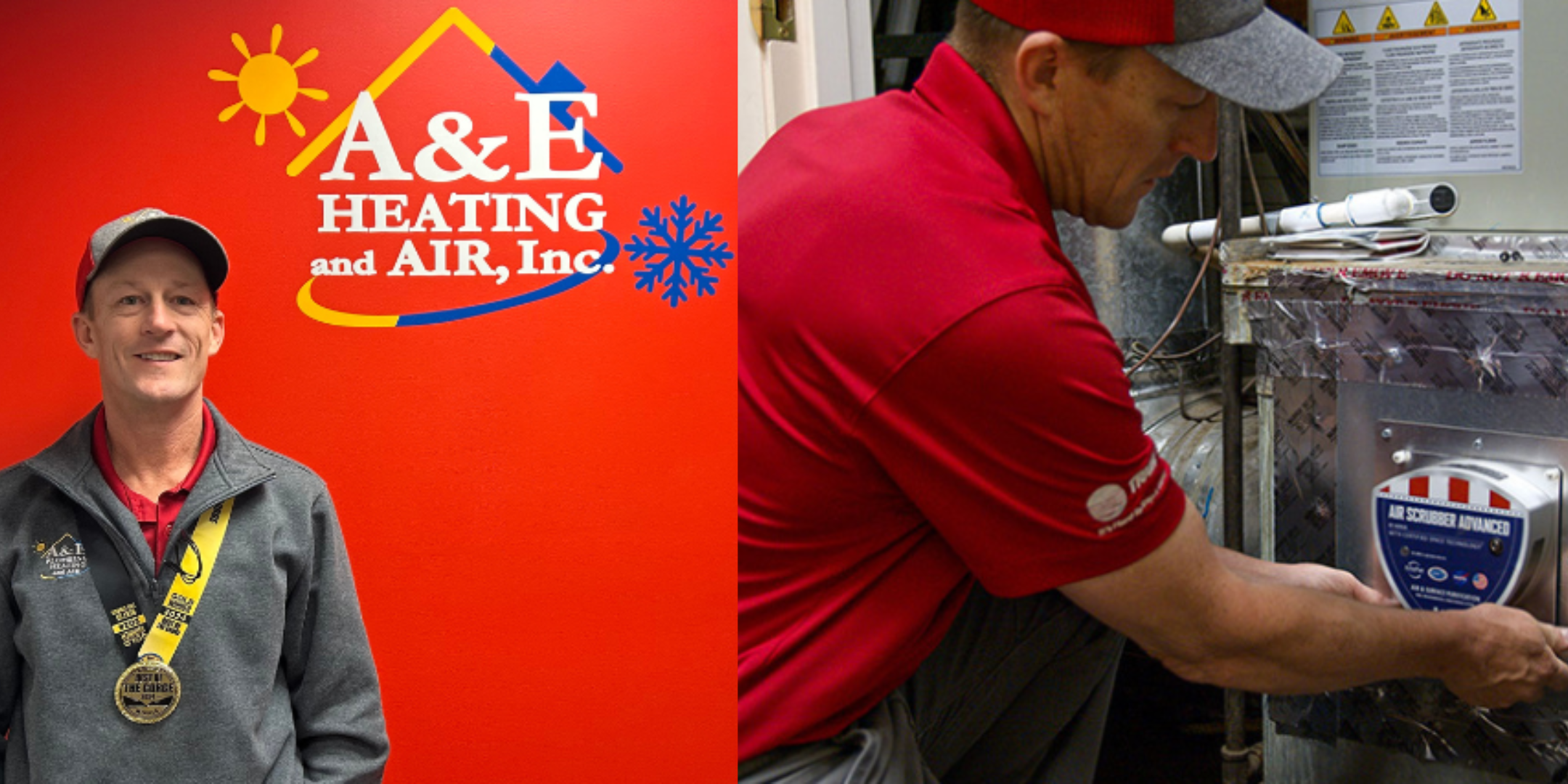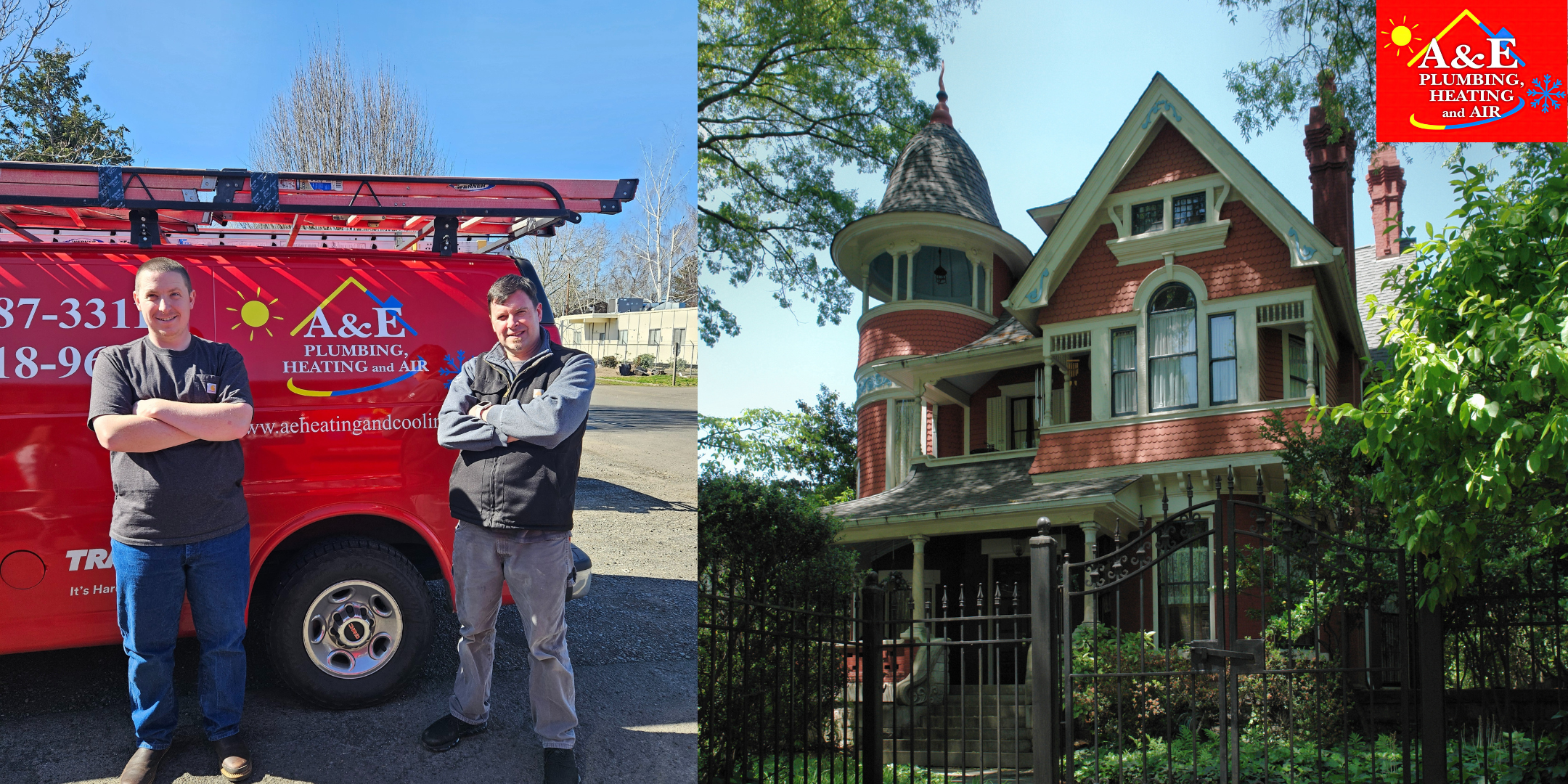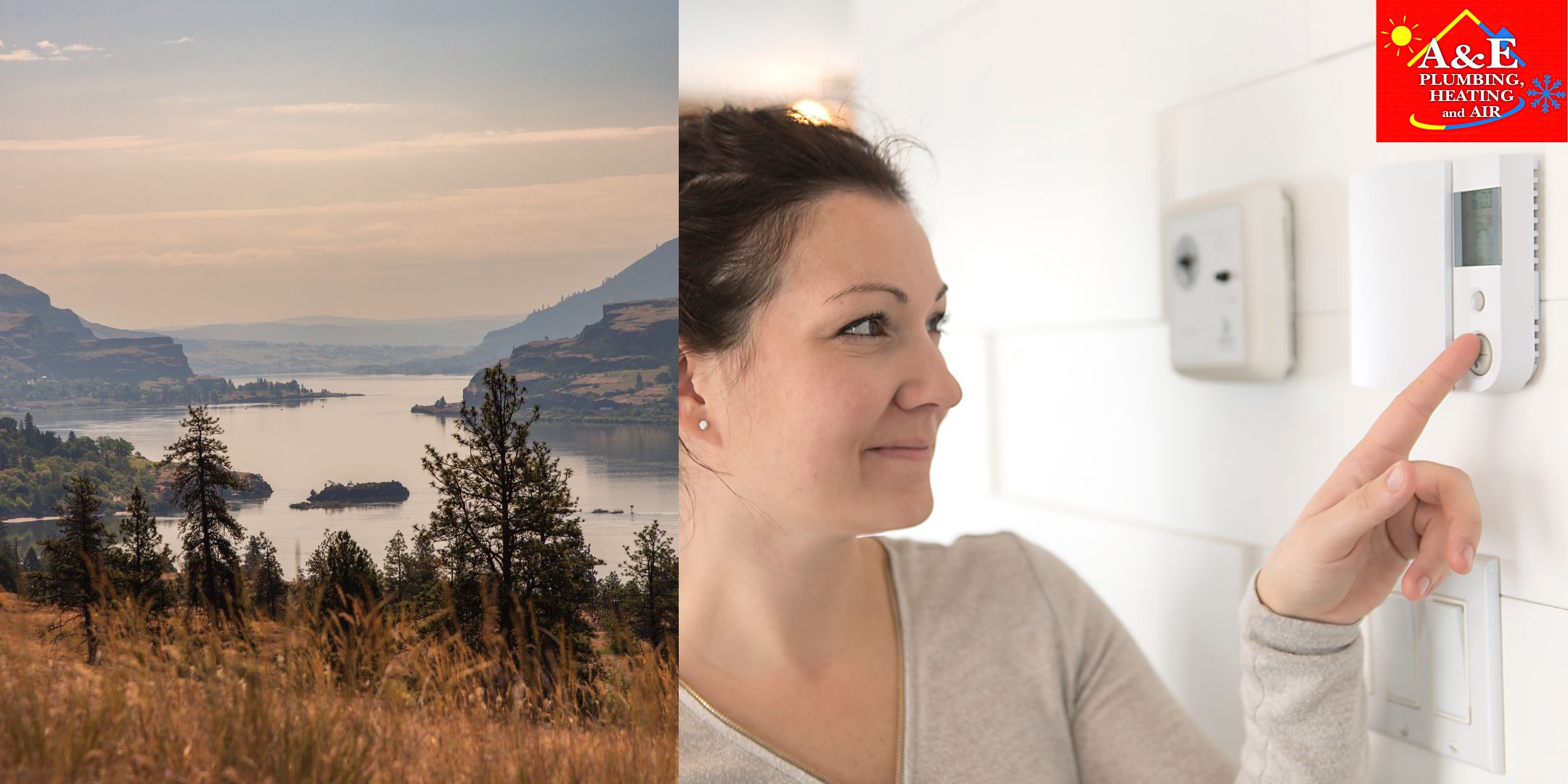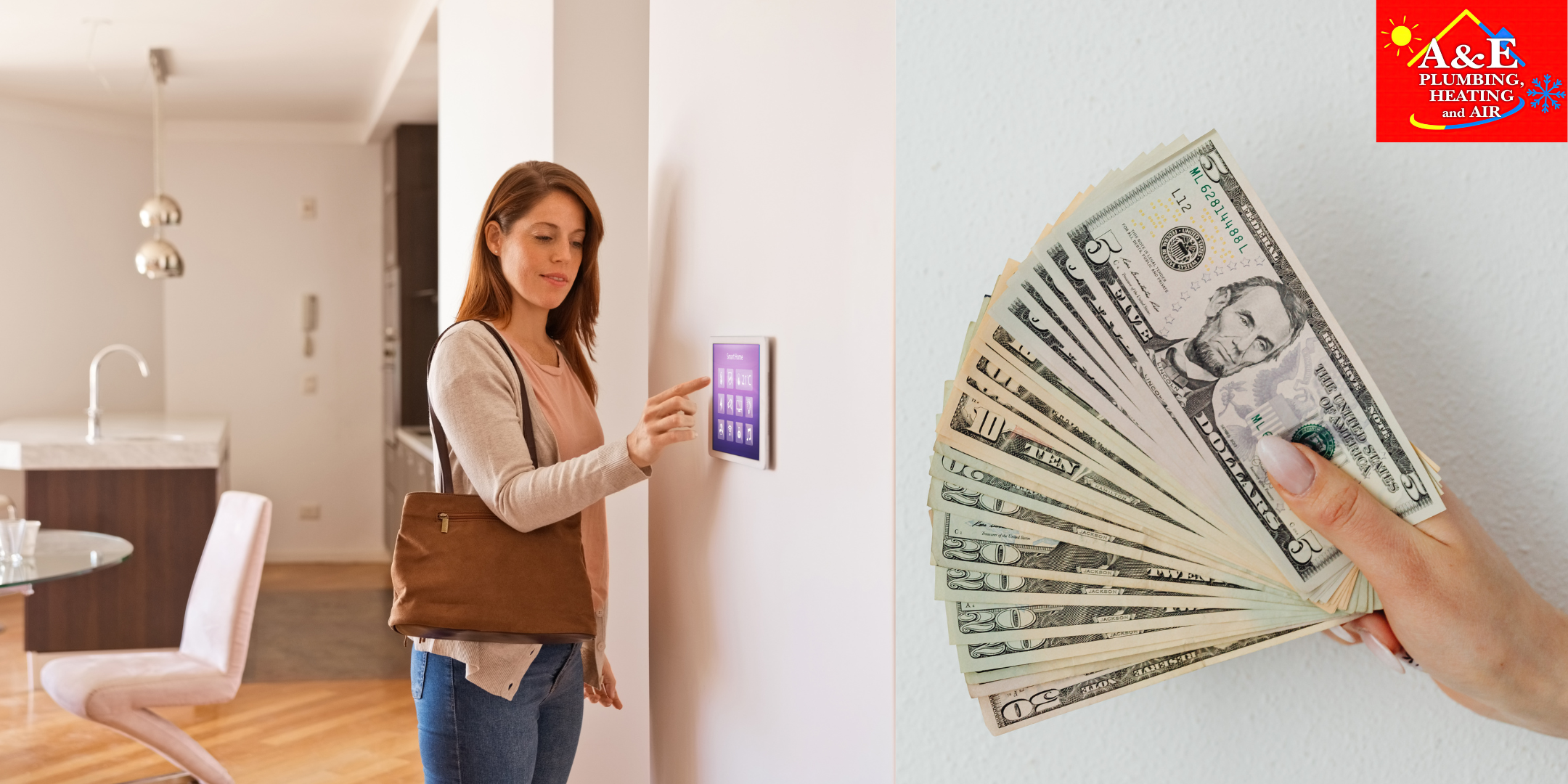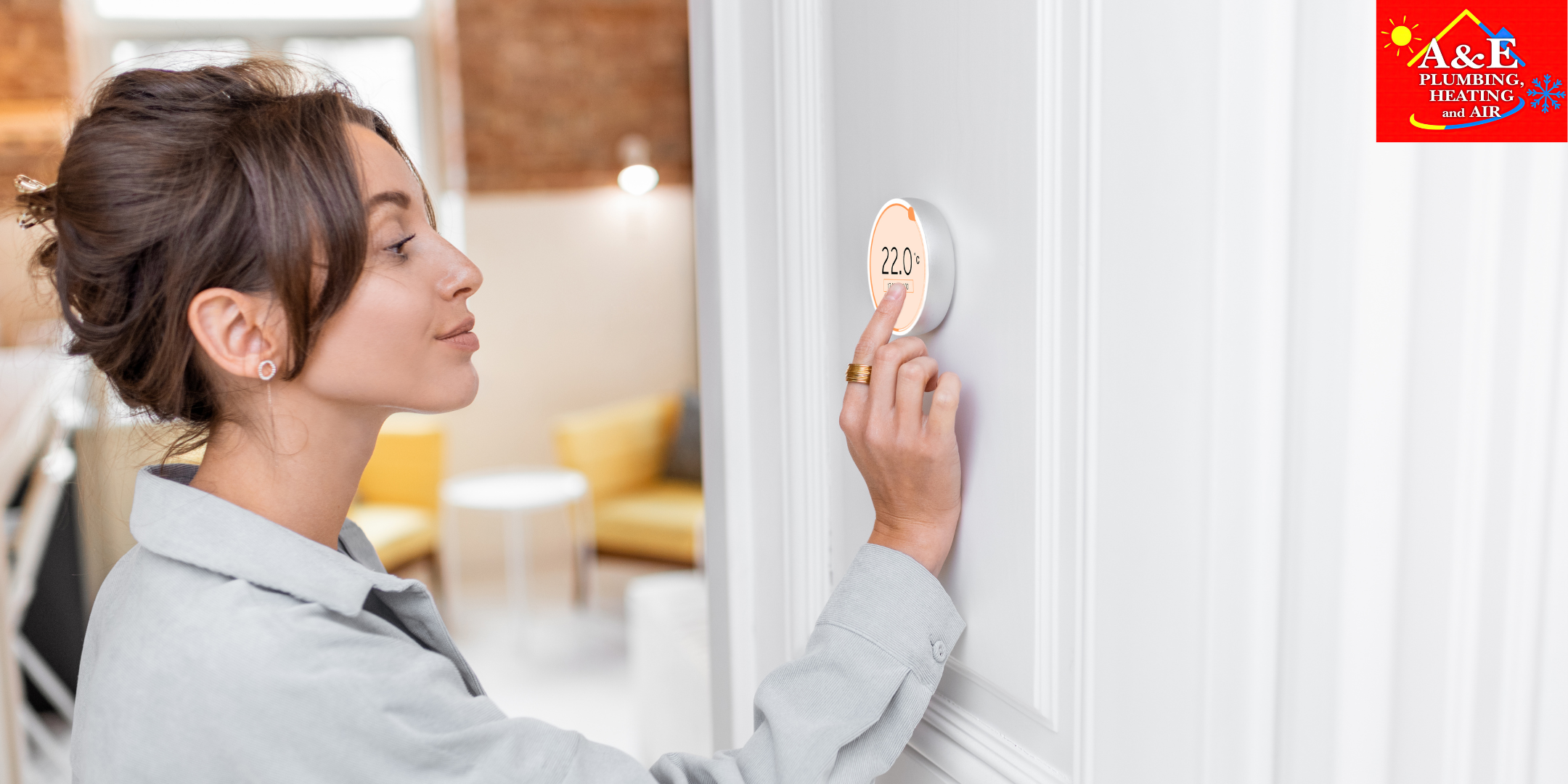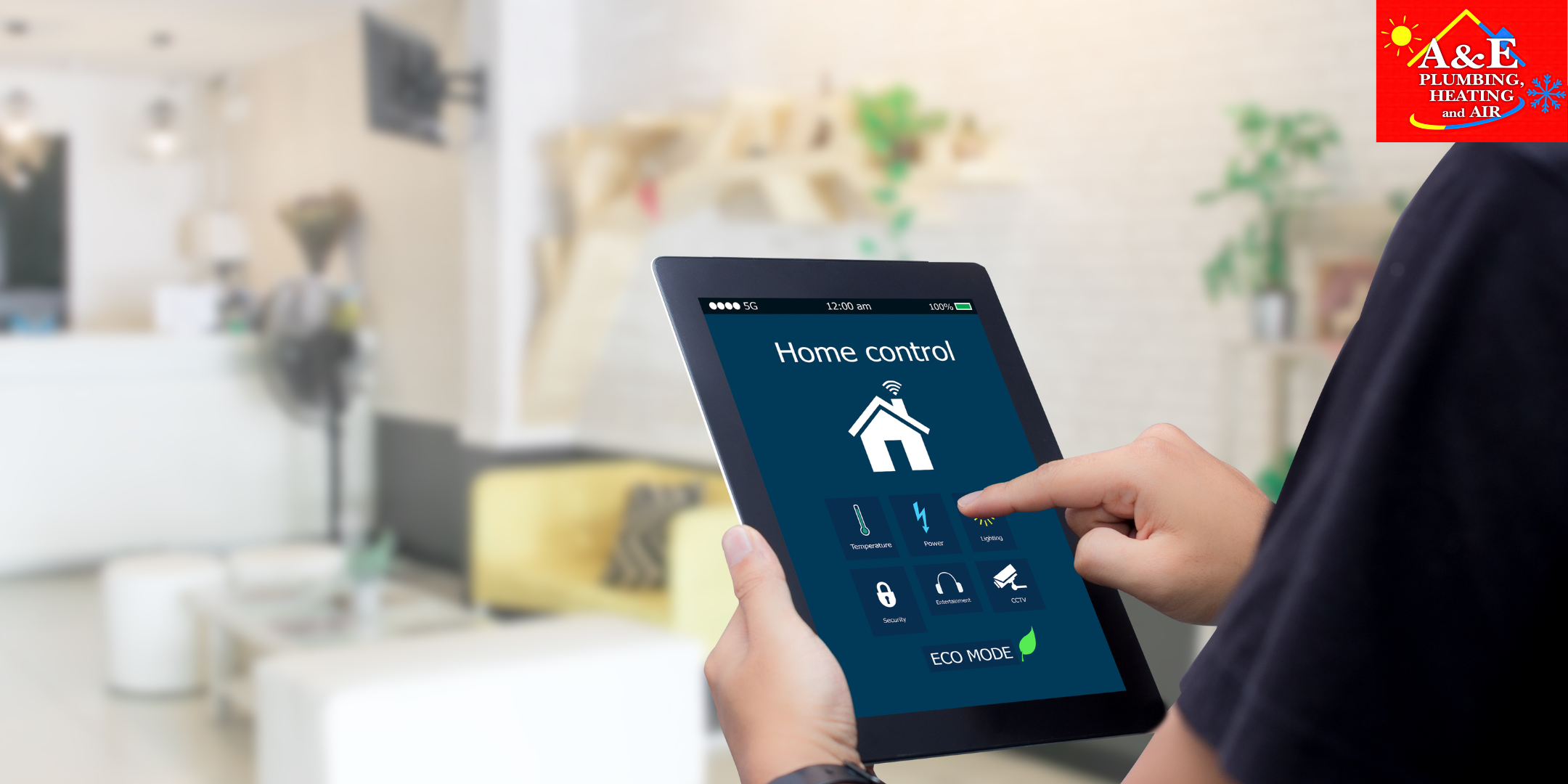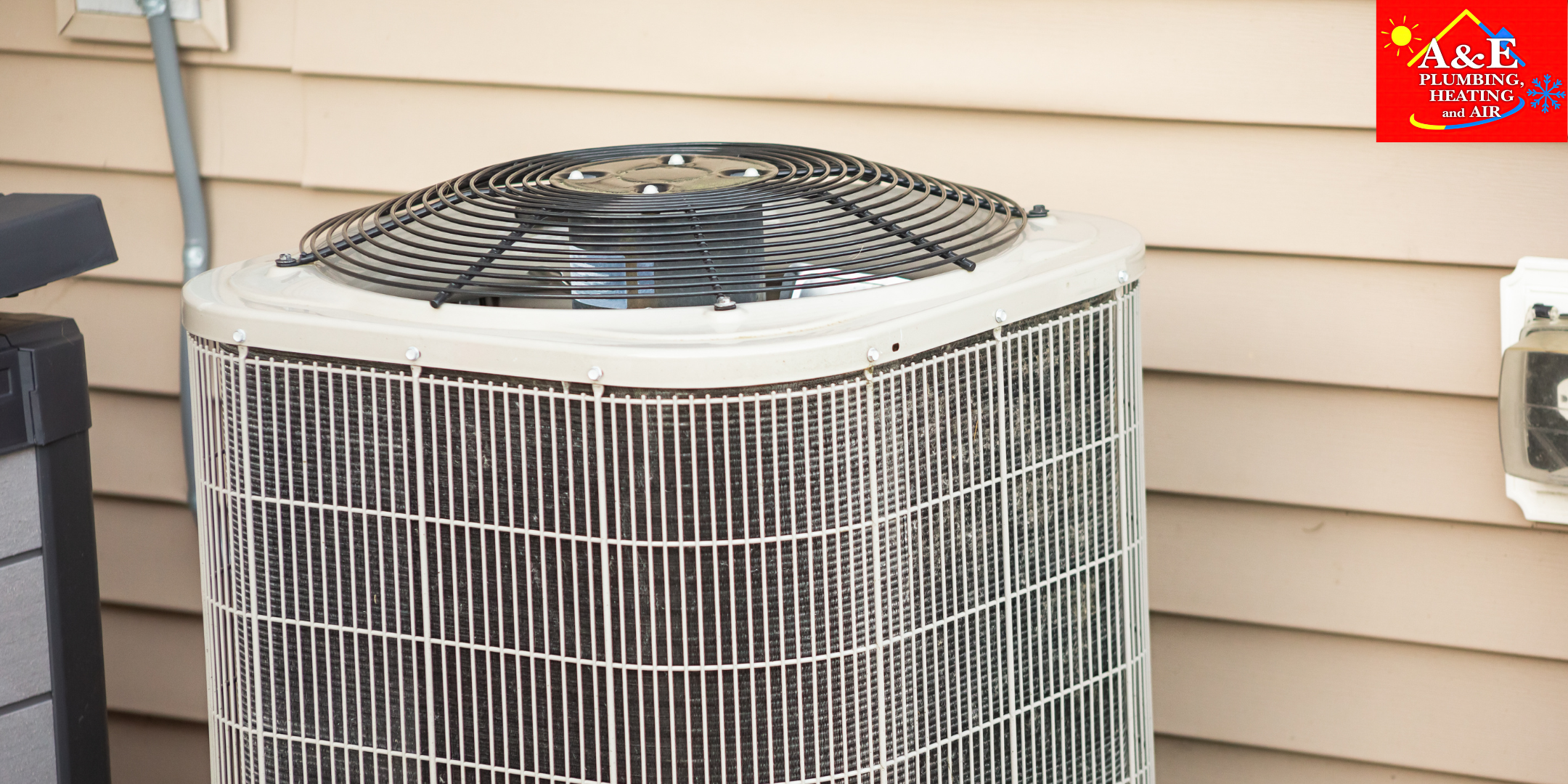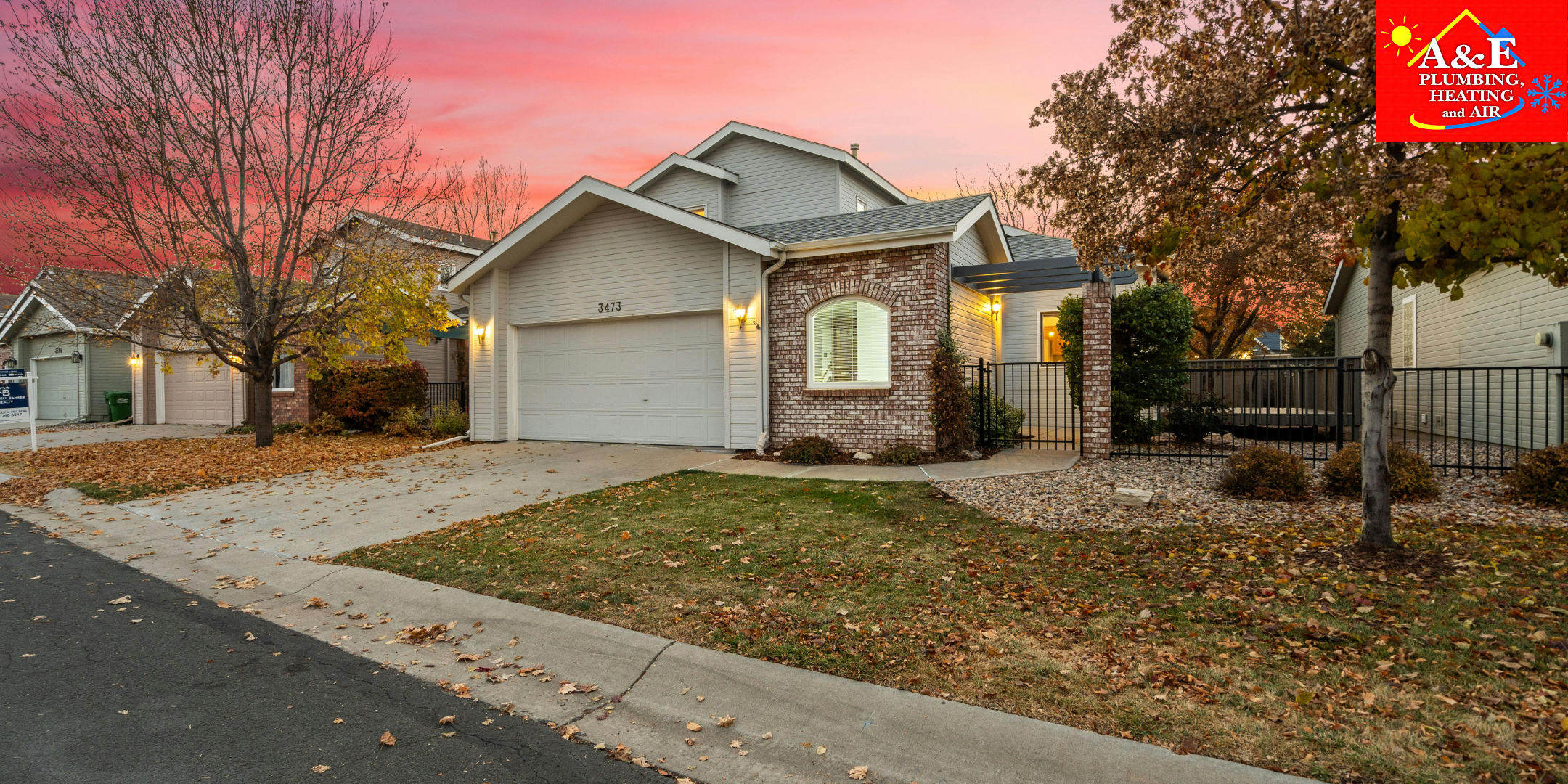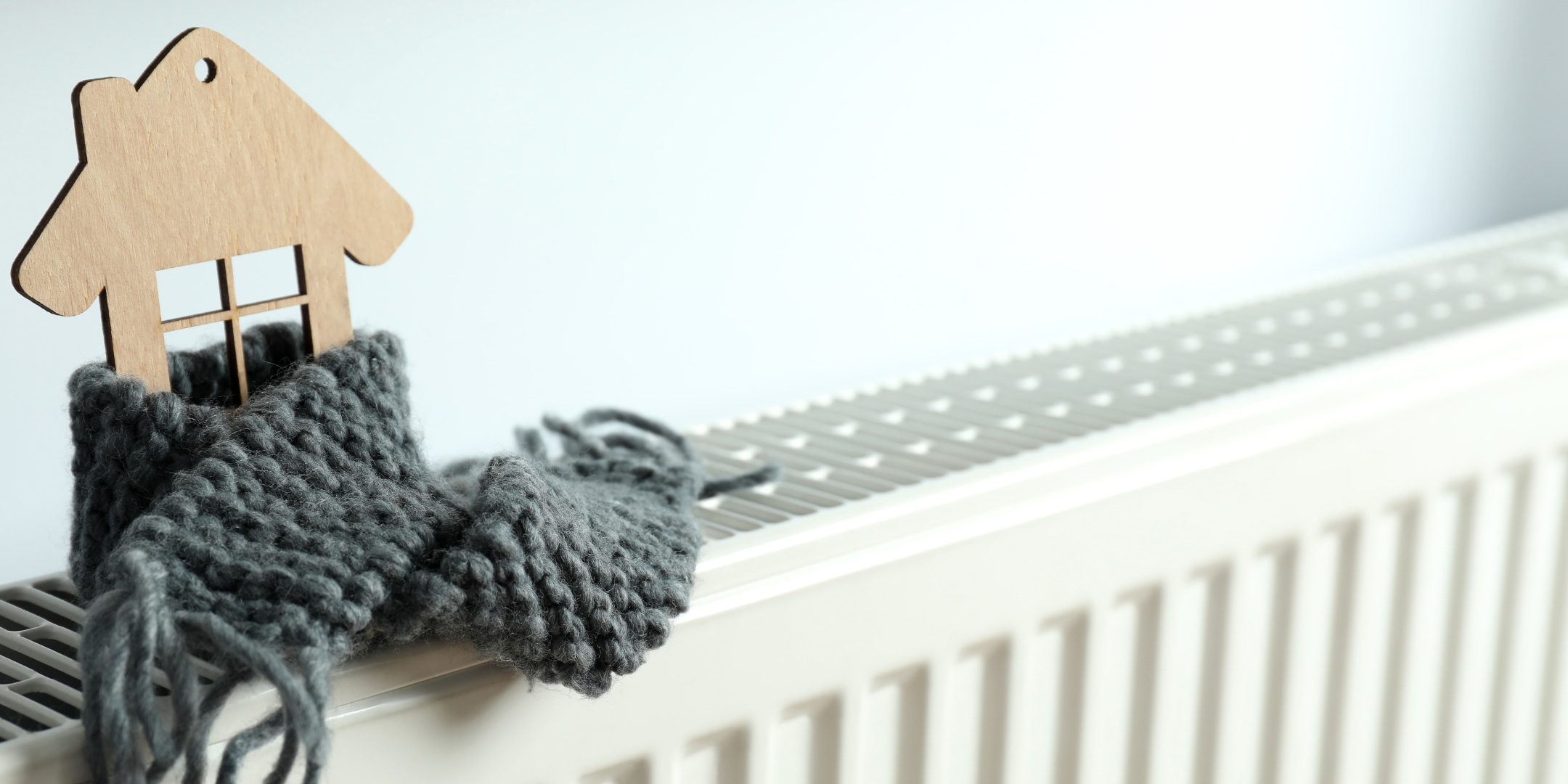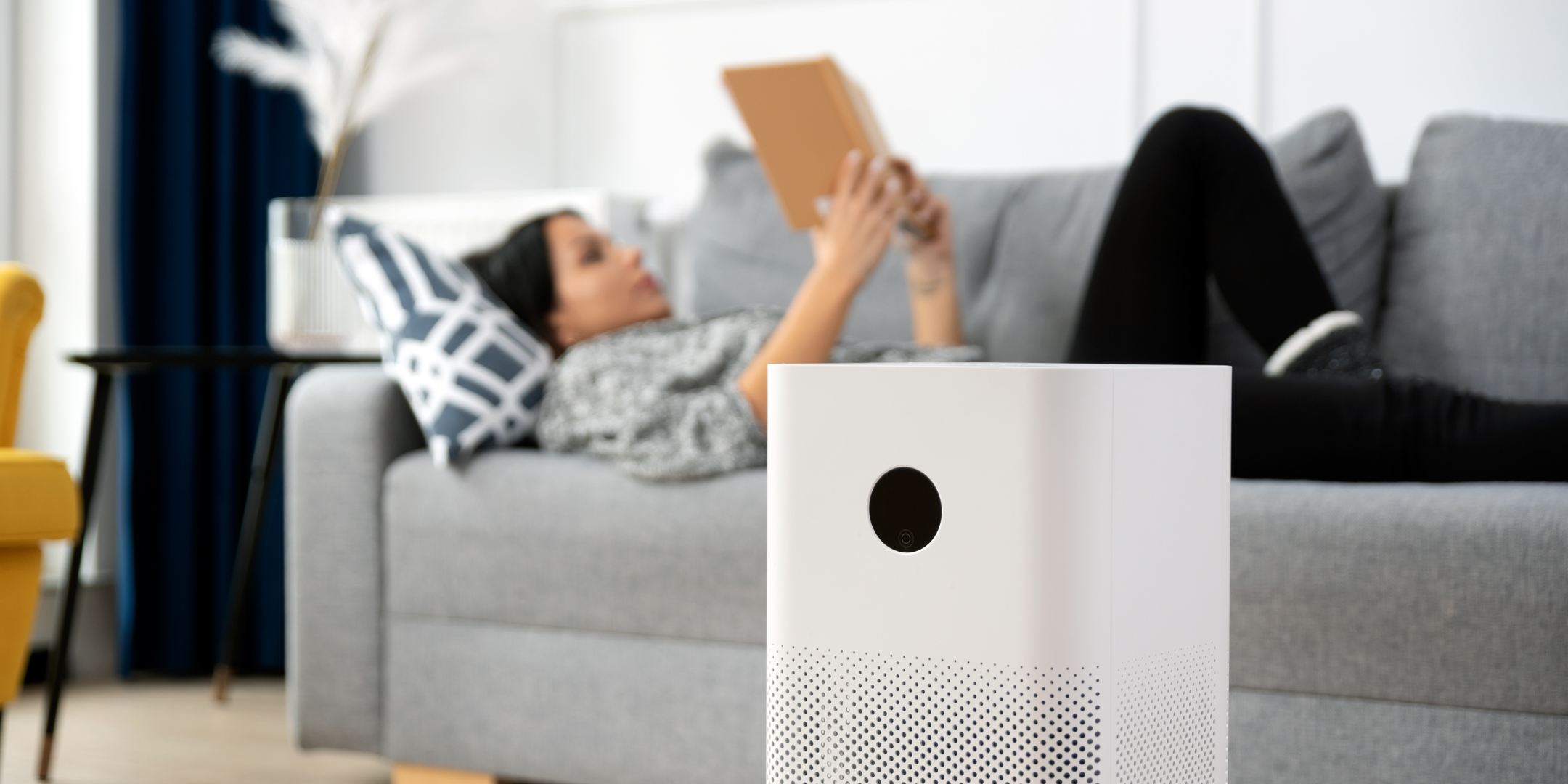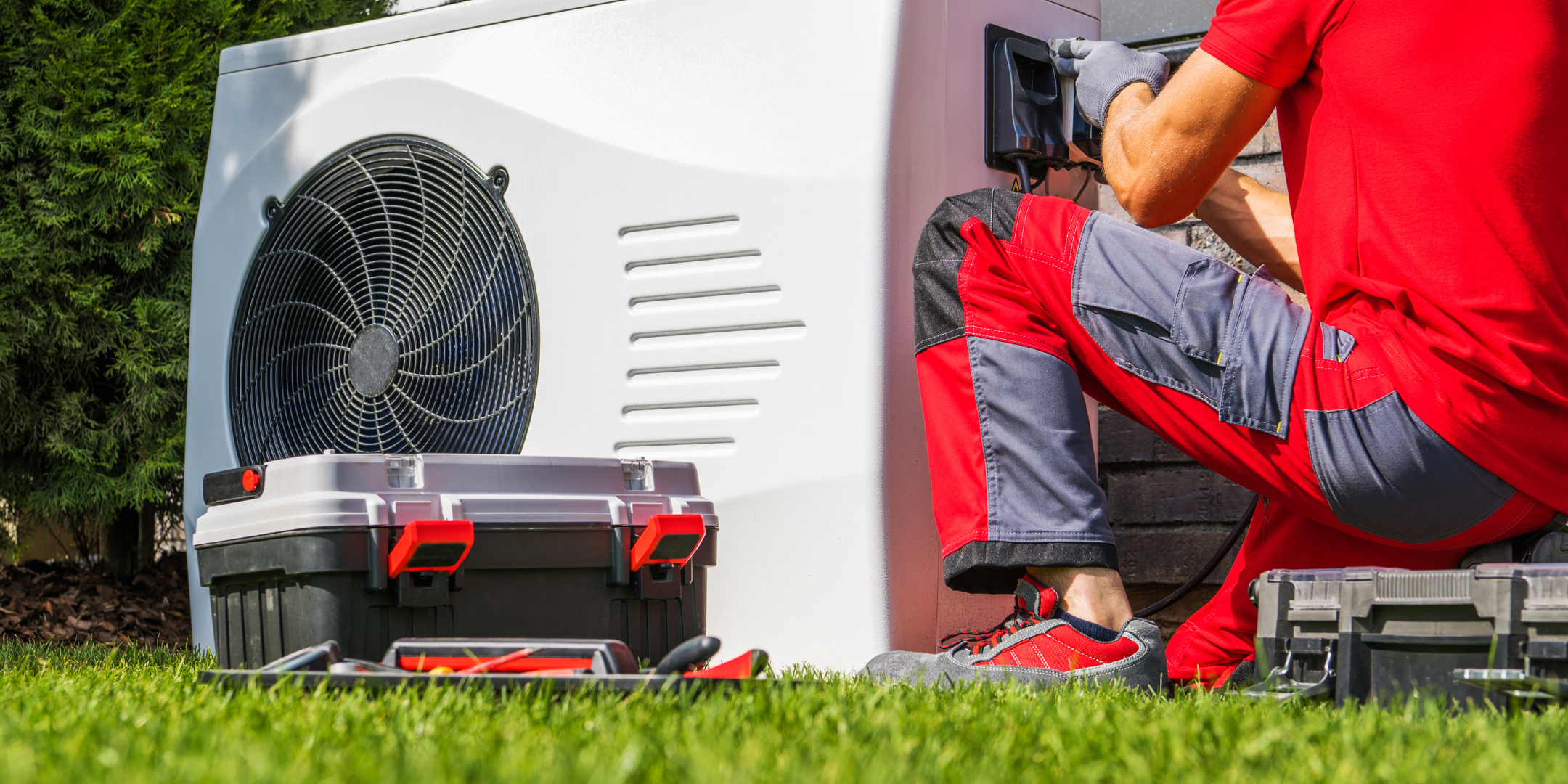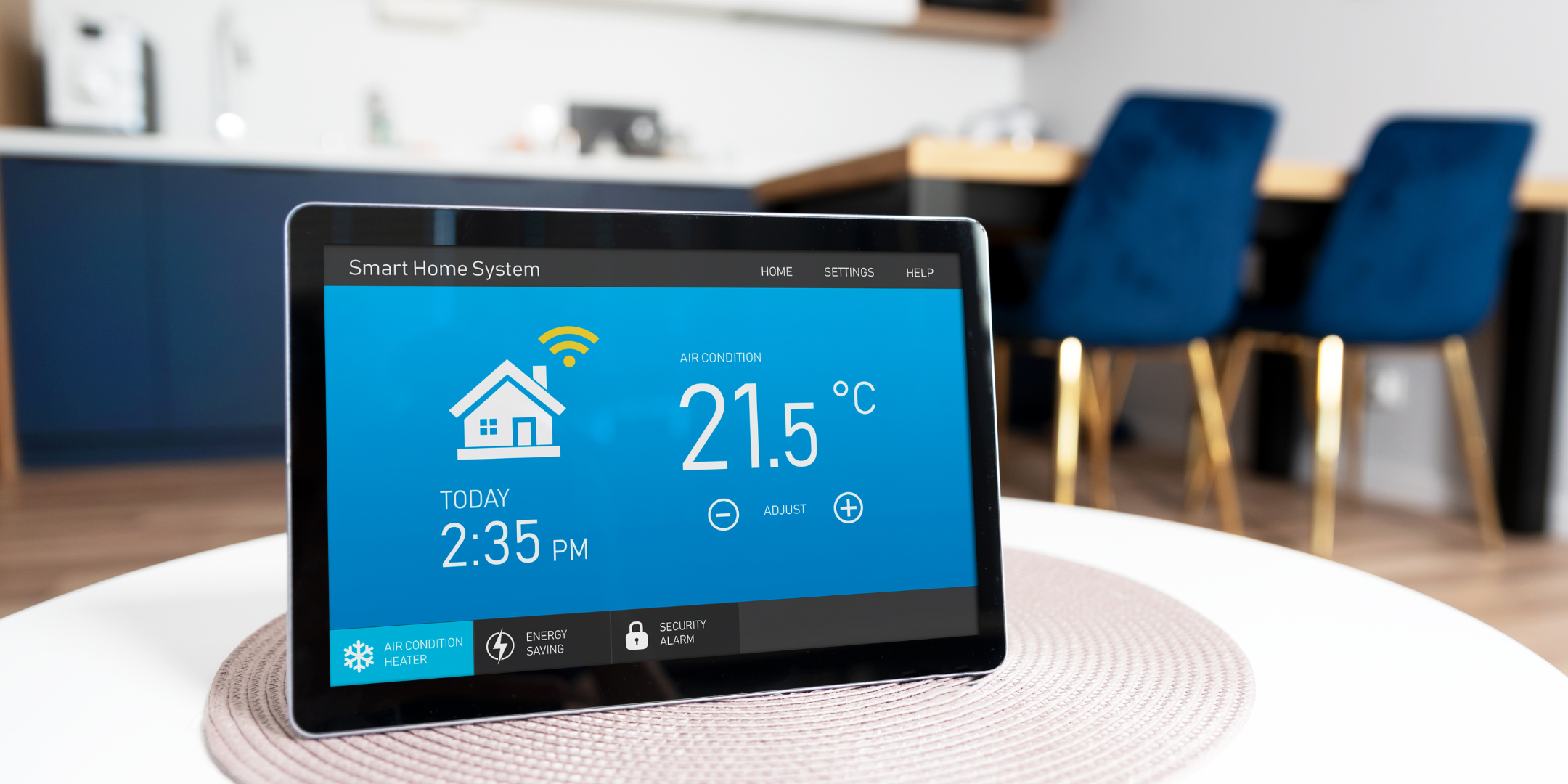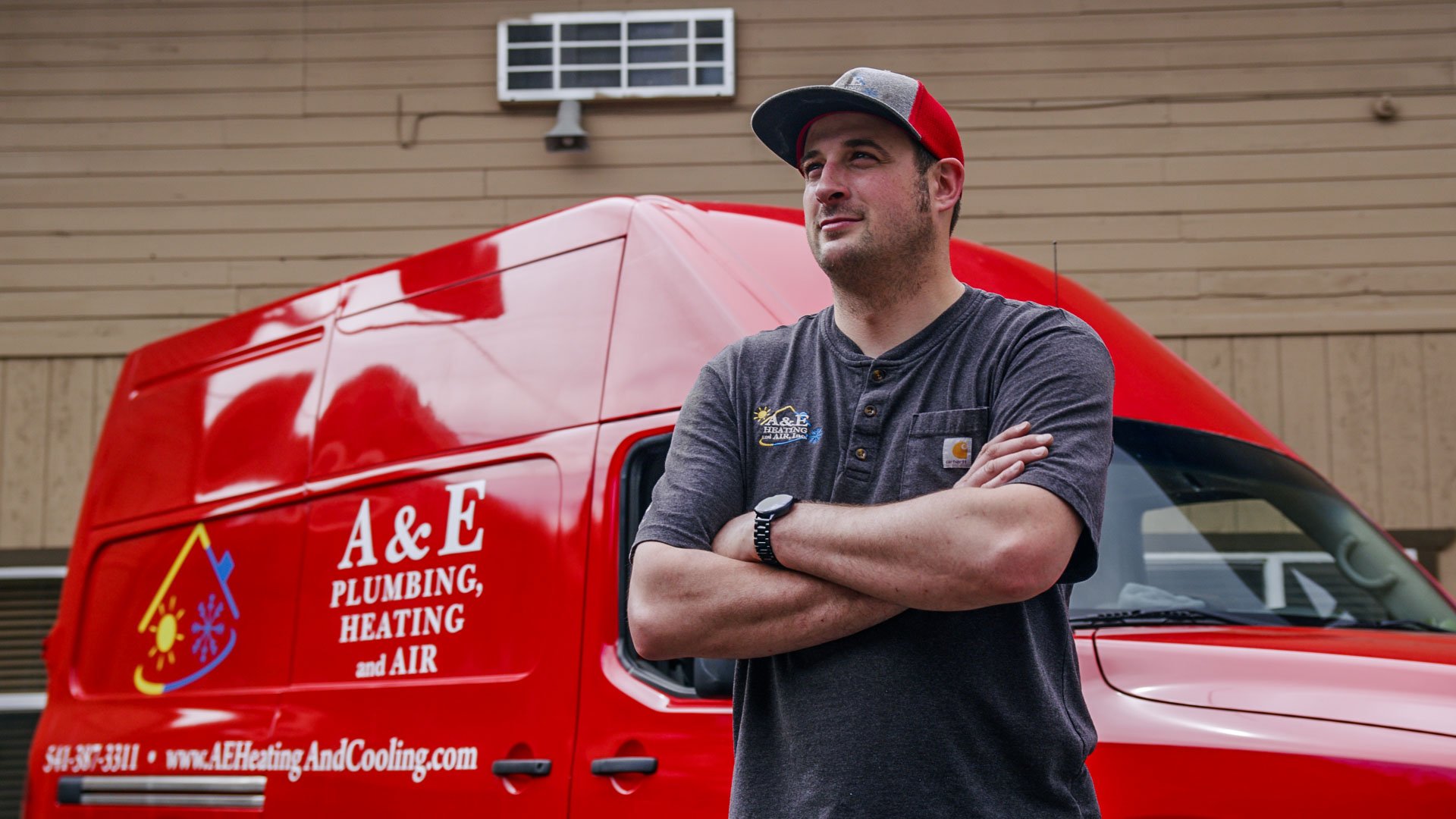
Are you feeling overwhelmed by the many choices of air filters for your HVAC system, unsure which size or type will best meet your needs for cleaner, healthier air at home? With so many options available these days, it can be confusing to know where to start.
where to start.
At A&E Plumbing, Heating and Air, we understand that picking the right air filtration system can sometimes feel like a puzzle with no clear answer. With more than 1200 5-star Google reviews, we’ve been successfully helping homeowners just like you throughout the Columbia River Gorge for over 16 years. Understanding the differences between passive and active filtration in HVAC air filters can help you make informed decisions about your indoor air quality management.
Passive Vs. Active Air Filtration for Indoor Spaces
Passive and active air filtration are two different methods used to clean the air in environments like homes, offices, and other indoor spaces. Here’s a brief overview of each:
Passive Air Filtration
Passive air filtration relies on the air movement within an HVAC system to push air through a filter. The filters, made from materials like fiberglass, foam, or pleated paper, physically trap particles such as dust, pollen, and pet dander as air passes through them. The efficiency of these filters is often rated by their Minimum Efficiency Reporting Value (MERV), which indicates how effectively they can remove different sizes of particles from the air. Passive filtration systems are straightforward, requiring no additional energy beyond the HVAC system's normal operation.
Active Air Filtration
Active air filtration, in contrast, uses a method to actively remove or destroy pollutants from the air rather than solely capturing them on a filter medium. This can include technologies such as ionization, UV light, or photocatalytic oxidation. These systems actively target and neutralize airborne contaminants like viruses, bacteria, and volatile organic compounds (VOCs). Active filters may work independently of the HVAC system and often require additional energy sources to function.
Why Choose Passive Filtration for Your HVAC System
Passive filters stand out for their cost-effectiveness, as they are generally less expensive than active filters and do not require additional energy to operate, making them an economically smart choice for many. For initial costs alone, the difference in price can quickly turn into the thousands, with upfront costs for passive filtration.png?width=357&height=238&name=HUBSPOT%20IMAGE%20FORMAT%20(34).png) running between $20-$50, while active filtration can cost anywhere between $1,000-$3,000.
running between $20-$50, while active filtration can cost anywhere between $1,000-$3,000.
The ease of maintenance is another significant advantage; replacing these filters is usually a straightforward process that involves simply removing the old filter and installing a new one. They also demonstrate high efficiency in capturing larger particles, such as dust and pollen, providing a clear benefit for improving indoor air quality.
However, there are drawbacks to passive filtration, including its limited effectiveness for microscopic particles. Filters with lower MERV ratings may not effectively capture smaller particles, such as viruses or certain types of bacteria. Additionally, higher MERV-rated filters can restrict airflow, potentially reducing HVAC system efficiency and leading to increased energy costs. This highlights a balance that must be struck between filtering effectiveness and maintaining system efficiency in passive air filtration systems.
Best Uses for Passive Air Filtration
Passive air filtration, with its straightforward mechanism of capturing pollutants as air naturally passes through filters, is particularly well-suited to a variety of scenarios. Here are some of the best situations to use passive air filtration over.png?width=365&height=244&name=HUBSPOT%20IMAGE%20FORMAT%20(36).png) active filtration:
active filtration:
1. Residential Homes and Apartments
For most homes and apartments, where the primary concern is removing dust, pollen, pet dander, and other common allergens, passive air filtration provides an effective and energy-efficient solution. It’s simple to implement within existing HVAC systems and does not require significant modifications or additional energy sources.
2. Cost-Conscious Environments
Passive filtration systems are generally less expensive upfront than active filtration systems. They also do not add to energy costs since they use the existing airflow from HVAC systems. This makes them an attractive option for budget-conscious households or businesses looking to improve air quality without incurring high costs.
3. Spaces with Basic Air Quality Needs
In environments where the air quality is relatively good, and the primary goal is to maintain this level by filtering out larger particles, passive filtration can be entirely adequate. This might include suburban homes away from industrial pollution, where there are fewer fine particles and VOCs in the air.
4. When Seeking Simplicity and Reliability
Passive air filtration systems are less complex than active systems, which means there are fewer components that could fail. For those seeking a reliable and straightforward approach to air filtration that can last for years with minimal hassle, passive systems are an excellent choice.
5. Combining with Active Filtration for Comprehensive Coverage
In situations where both particle removal and the neutralization of viruses, bacteria, and VOCs are important, using passive air filtration in conjunction with active filtration methods can offer a comprehensive approach. Passive filtration can serve as the primary method for particulate removal, with active systems targeting smaller or more harmful contaminants that passive systems might miss.
Common Passive Air Filter Measurements
In the realm of HVAC systems, the thickness of air filters is not just a trivial detail; it's a critical factor that impacts both the efficiency of air filtration and the overall functionality of the system. Air filters come in a variety of thicknesses, typically.png?width=385&height=257&name=HUBSPOT%20IMAGE%20FORMAT%20(37).png) ranging from 1 to 6 inches. Each thickness serves a specific purpose and is designed to meet distinct filtration needs. The choice of filter thickness can significantly influence the air quality in your home or office, making it a key consideration in maintaining a healthy indoor environment.
ranging from 1 to 6 inches. Each thickness serves a specific purpose and is designed to meet distinct filtration needs. The choice of filter thickness can significantly influence the air quality in your home or office, making it a key consideration in maintaining a healthy indoor environment.
1-Inch
The most standard thickness for residential HVAC systems, 1-inch filters are widely available and fit in most standard systems. They provide basic protection against large airborne particles.
2-Inch
Less common than 1-inch filters, 2-inch filters offer a middle ground, with a bit more surface area for capturing particles without requiring a specialized system that can accommodate thicker filters.
4-Inch
Offering a significantly larger surface area for filtration, 4-inch filters are more efficient at capturing both large and fine particles. They are suitable for systems designed to handle thicker filters and are favored for their extended lifespan and superior air quality improvement.
5-Inch and Above
Some systems can accommodate filters 5 inches or thicker, providing the maximum filtration capability. These are less common in standard residential HVAC systems and are more likely found in specialized or high-efficiency systems. They can offer the best air quality improvement and longest replacement intervals.
1-2 Inch Filters: Protecting the HVAC System
1-2 inch filters are commonly used in residential HVAC systems to protect against large particles like dust and hair, which can clog coils and reduce system efficiency. These filters are readily available, fit most systems without modification, and usually need replacing every 1-3 months depending on air quality and usage. Although they effectively protect the HVAC system, their thinner design has a lower surface area, limiting their ability to significantly improve indoor air quality by capturing smaller particles.
4+ Inch Filters: Dual Protection
4+ inch filters, often called media filters or whole-house air cleaners, provide extensive protection for both HVAC systems and home indoor air quality. With a larger surface area, these thicker filters capture a broad range of particles, including mold spores, pollen, pet dander, and some bacteria and viruses. This enhances air quality significantly, benefiting individuals with allergies or respiratory issues. These filters typically last longer than 1-2 inch versions, with replacements advised every 6-12 months, offering convenience and potential cost savings. Additionally, their effectiveness in trapping particles ensures the HVAC system remains clean, maintains optimal airflow, and operates efficiently, extending its lifespan.
For homeowners looking to optimize their HVAC maintenance and savings on filters, A&E's Comfort Club offers an appealing solution. Members of the Comfort Club benefit from a 15% off discount on air filters and other perks, making it easier and more cost-effective to maintain clean and efficient air systems at home.
How A&E Air Can Help You Find the Best Fit
While both active and passive air filtration systems offer valuable solutions for improving indoor air quality, passive air filtration stands out for its simplicity, cost-effectiveness, and ease of maintenance. By utilizing the natural airflow within HVAC systems to capture pollutants through materials like fiberglass or pleated paper, passive filtration efficiently reduces common airborne particles such as dust, pollen, and pet dander without the need for additional energy consumption. Whether used independently or alongside active filtration technologies for more comprehensive air quality management, passive air filtration provides a solid foundation for creating cleaner, healthier indoor spaces.
systems to capture pollutants through materials like fiberglass or pleated paper, passive filtration efficiently reduces common airborne particles such as dust, pollen, and pet dander without the need for additional energy consumption. Whether used independently or alongside active filtration technologies for more comprehensive air quality management, passive air filtration provides a solid foundation for creating cleaner, healthier indoor spaces.
Now that you know about passive air filtration solutions and uses, your next step is to learn about the other air filters available to you in our article, "Which Air Filter is Right for My Home?" so you can make the best IAQ decision for your home.
Daphne Hunt holds a bachelor's degree in English and Mass Communication and has a lifelong passion for writing. She thrives on using her skills to craft compelling pieces that inform, inspire, and connect with readers.
